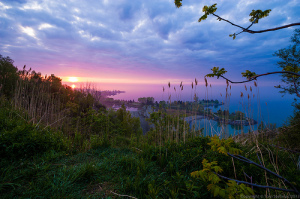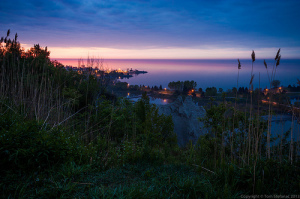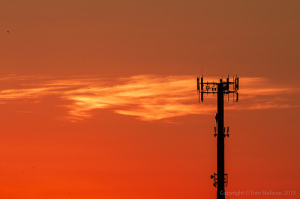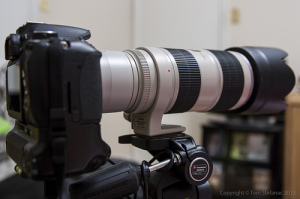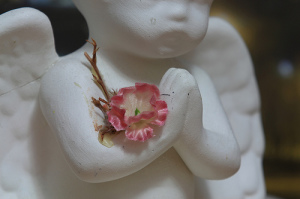For those who might be wondering, the Bluffs are a natural geologic cliff feature on the east side of Toronto primarily composed of sand and in some places leading to a 90 meter drop straight into Lake Ontario. The bluffs were a product of the last ice age and the draining Don River. They look very similar to the limestone cliffs of England in some places because of their white appearance.
One of the best overlooking shots of the bluffs can be achieved from the foot of Cecil Crescent where it officially ends at Scarborough Bluffs Park. For other perspectives, specifically looking up from the foot of the bluffs, Brimley Road becomes Bluffers Park Rd at the edge of the lake; from there it’s a 10-15 minute walk west to the Cathedral Bluffs, the most stunning vertical piles of sand and cliffs.
I’ve seen many brave photographers climbing, cliff hanging and boating up to the edge of some of these pillars. I’ve also seen the “less brave” using drones, kites and other tools to achieve what I can only image are some spectacular images.
My images overlooking the Bluff’s are a product of circumstance and opportunity rather than planning and choice.
I was there to cover a news story about a man who had fallen down the bluffs to his death (yes that happens semi-frequently) and only the week earlier a group of teenagers who tried to descend the bluff became trapped and spent the night. People often make the mistake of trying to descend some of the cliff sides, only to realize going up is often harder than heading down and this is further complicated by dew and overnight moisture which makes the grasses very slippery.
While I was wondering around just outside a small portion of the park which was taped off for the crime scene, I saw the glow from the soon to be rising sun in the east. I quickly knew I had an opportune time to grab some images of the sun. A low hanging stratocumulus deck reaching out to the horizon provided a wonderful converging line to focus attention on the sun and offset the blue sky. I also used the dense plant life around, most of which was green to balance the perspective and offset the strong red/magenta and yellow/orange hues from the sun.
The end result was more tropical than I could have imagined and provided a full pallet of subtle colour ever increasing towards the sun.
As crazy as it sounds, I’ve actually taken a few images from this general area in the past, none of which I really cared for. They were either later in the day or evening images where shadows from the setting sun washed out the shoreline. So, the lesson learned here is to take full advantage of any photo opportunity and southeast facing cliffs look best at sunrise with lots of colour!
I would like to return in the future on another hazy morning and see what I can gather from the ground for an alternative angle.
